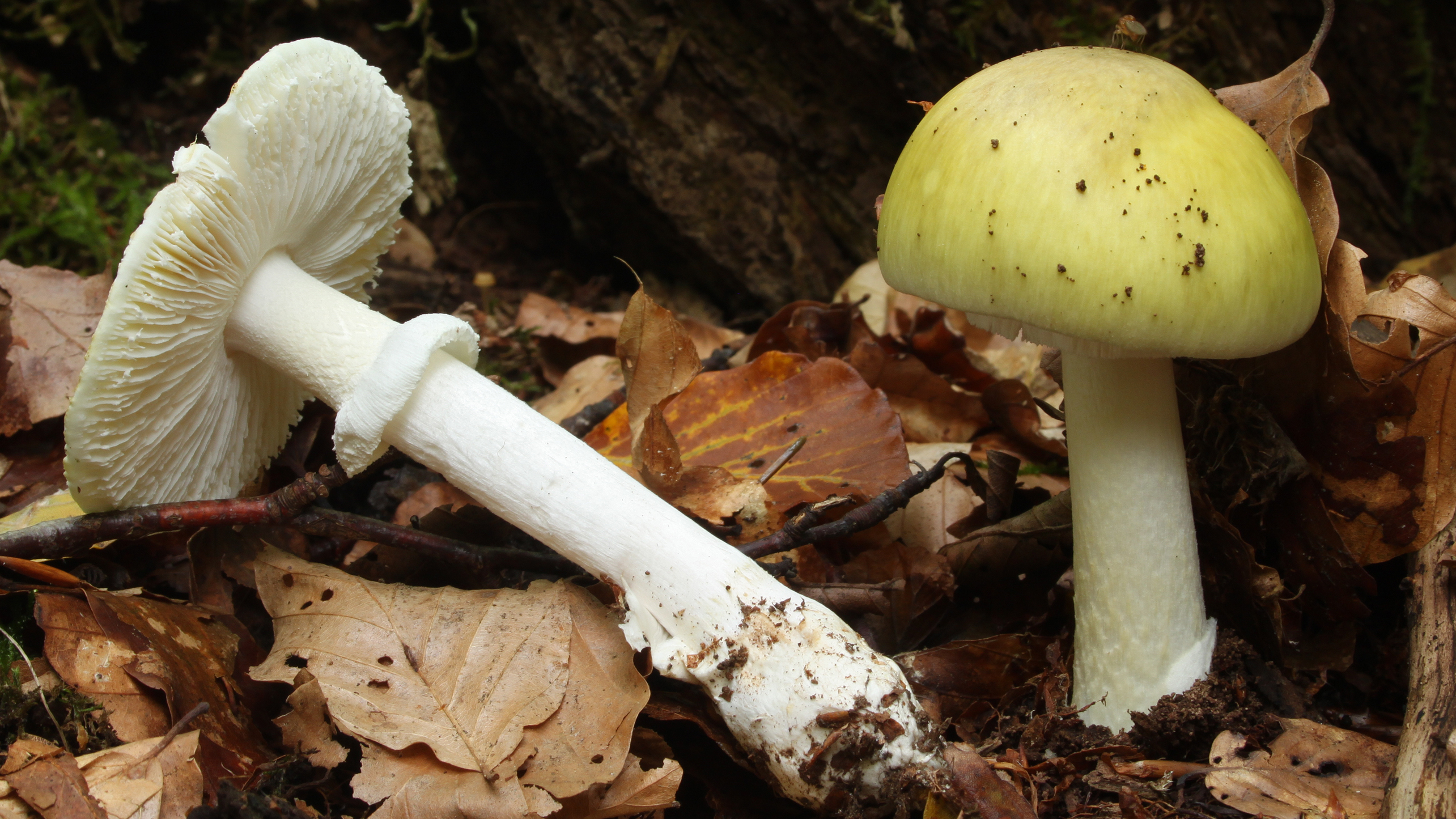
The death cap is common in the UK and mainland Europe
The death cap is common in the UK and mainland Europe
Chinese and Australian scientists may have found an antidote for the planet's most dangerous mushroom.
Around 90 percent of mushroom-related deaths are attributable to the death cap, also known as Amanita phalloides. Half a cap or even less is enough to kill a person.
This large fungus grows up to 15 centimeters (cm) across and 15cm tall with a domed, white or tinted green cap, with white stems and white gills. It is common across the UK and mainland Europe and found in mixed deciduous woods, especially under oak and beech trees.
They contain a deadly toxin which can result in liver and kidney failure.
A team of researchers from China and Australia have identified a flourescent dye used in medical diagnostics and their work has shown an apparent blocking of the toxic effects.
The team tested the antidote on liver cells in a petri dish and then used mice.
Qiaoping Wang a professor at Sun Yat-Sen University in Guangzhou, China, the study's author, said: "We know little about how mushroom toxins kill cells," adding both studies "demonstrated significant potential in mitigating the toxic impact.

Mushroom foraging can be a fun but dangerous business
Mushroom foraging can be a fun but dangerous business
"This molecule holds immense potential for treating cases of human mushroom poisoning and could mark the first-ever specific antidote with a targeted protein.
"It could save many lives if it is as effective in humans as in mice."
The tests in the laboratory showed the dye, called indocyanine green, stopped the organ damage and improved the probability of survival after poisoning.
READ MORE
How China and the EU are joining forces in science
Filipino priest's Euro mission to halt fossil fuel financing
China-EU Relations: Navigating the New Era
Wang added: "While the results are promising, further clinical experiments are needed to determine whether indocyanine green has similar effects in humans."
University of Sydney genetics expert Greg Neely developed the venom and toxin screening techniques that enabled the discovery of the proposed antidote possible.
In quotes cited by the Sydney Morning Herald, Neely said: "My feeling was that it would be quite difficult to find an antidote for such a potent toxin. The next step would be testing on humans, and this kind of trial will be difficult to set up due to the rareness of this kind of poisoning.
"I think China might be the perfect country to be able to manage human trials of this antidote, so I am looking forward to seeing what happens next."

Subscribe to Storyboard: A weekly newsletter bringing you the best of CGTN every Friday